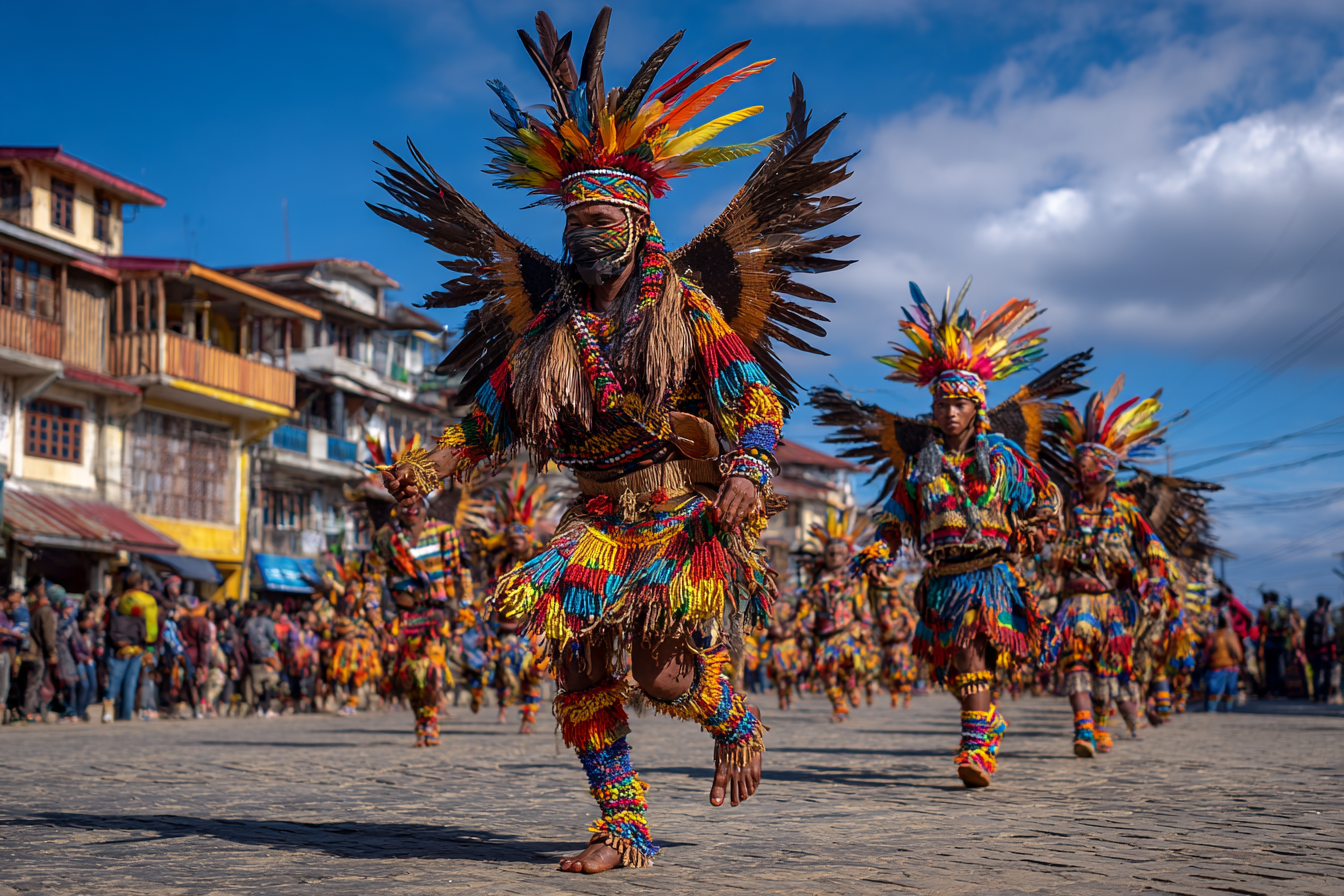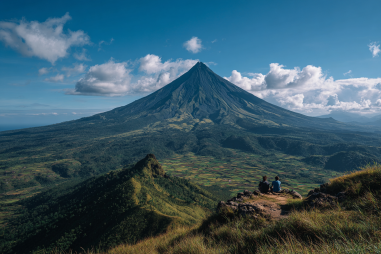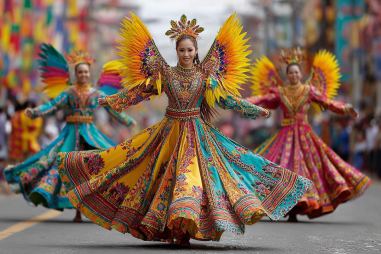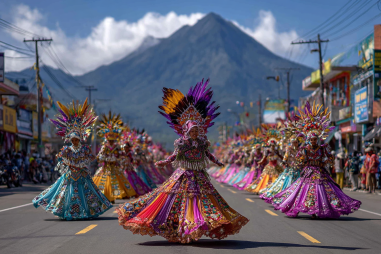Banaue, a serene town nestled in the mountains of the Philippines, is not only famous for its breathtaking rice terraces but also for its rich cultural heritage showcased vividly through its festivals. These celebrations offer a unique opportunity to immerse in the traditional Ifugao way of life, revealing centuries-old customs, music, dance, and rituals. Whether you’re a curious traveler or a cultural enthusiast, understanding the festivities in Banaue will enrich your visit and foster a deeper appreciation for this indigenous community. Let’s explore the key Banaue cultural festivals, their significance, and how to experience them respectfully and meaningfully.
Overview of Key Banaue Festivals
The people of Banaue celebrate several festivals throughout the year, each reflecting various aspects of the Ifugao culture and agricultural cycle. The most prominent festival is the Imbayah Festival, a vibrant celebration of the rice terraces’ importance and the community’s agricultural traditions. This festival mixes traditional rituals with modern celebrations and serves as a tribute to the ancestral spirits and the land that sustains them. Beyond Imbayah, various smaller rituals and gatherings occur, grounded in ancient Ifugao beliefs and ceremonies related to planting, harvesting, and honoring nature.
Another important event during the year is the Tadek Festival, which highlights the traditional Ifugao dance known as the tadek — a communal performance that tells stories of the tribe’s history and battles through expressive movements and music.
Dates and Significance
Timing for Banaue’s cultural festivals often aligns with the agricultural calendar, marking crucial periods such as planting and harvest seasons. The Imbayah Festival is usually held in April, coinciding with the start of the planting season. This timing celebrates the abundance of the rice terraces and seeks blessings from ancestors for a bountiful harvest.
The Tadek Festival, on the other hand, can take place during different times of the year but often falls around April to May in tandem with the Imbayah festivities. These events serve not only as cultural preservation but also as community bonding moments and opportunities to invite visitors to understand Ifugao lifestyle and values.
Traditional Performances and Rituals
A hallmark of Banaue festivals is the vivid traditional dances and rituals that weave together stories of ancestral spirits, agricultural cycles, and tribal lore. The Imbayah Festival includes the famed Tadek dance, performed by dancers adorned in traditional attire featuring intricate beadwork, woven fabrics, and feathered headdresses. These dances are often accompanied by the sounds of native instruments such as the gongs and bamboo percussion, creating rhythms that have been passed down through generations.
Rituals during these festivals often involve offerings to the rice terraces and ancestral spirits, invoking protection and prosperity for the community. These ceremonies are sometimes led by elders or spiritual leaders who chant prayers and perform symbolic acts, such as the preparation and sharing of rice wine called “baya,” which is a communal gesture of goodwill and spiritual connection.
How Visitors Can Attend and Participate
Visitors eager to join Banaue’s cultural festivals should plan ahead by checking local schedules and liaising with community tourism offices or tour guides. The Imbayah Festival, being a major event, is often promoted by local government units and tour operators, offering packages that include cultural shows, local cuisine, and guided visits to the rice terraces.
Participation is encouraged but must be approached with respect. Visitors can join dancing activities if invited, or simply observe and learn. Purchasing local crafts and delicacies during these festivals is also a wonderful way to support the community. Engaging with locals patiently and sincerely will enhance the experience and help build meaningful connections.
Photography and Cultural Etiquette
Photography during Banaue’s cultural festivals is a fantastic way to capture the beauty and vibrancy of the celebrations, but it comes with responsibilities. Always ask for permission before photographing individuals, especially during sacred rituals or personal moments. Respect any requests not to take photos, as some ceremonies are deeply spiritual and private.
When attending these festivals, dressing modestly and wearing comfortable clothing is advisable since many events take place outdoors and can last several hours. Avoid disrupting the flow of ceremonies with loud noises or inappropriate behavior, and be mindful of the environment to ensure the community’s traditions are honored and preserved.
Nearby Events Worth Considering
If time allows, visitors to Banaue might also explore other festivals and cultural activities within the Ifugao region and nearby provinces. For example, the Hudhud Chants of the Ifugao, which UNESCO has recognized as an Intangible Cultural Heritage, can sometimes be heard or performed during special occasions throughout the year.
Additionally, nearby towns host other indigenous festivals such as the Guling-Guling Festival in neighboring provinces, which features similar traditional dances and rituals rooted in the rich cultural fabric of the Cordillera region. Attending these events can provide a more comprehensive understanding of Northern Luzon’s indigenous cultures.
Embracing Banaue’s Living Culture
Experiencing Banaue’s cultural festivals is more than just witnessing colorful dances and elaborate rituals; it is about understanding a way of life that has persevered through centuries. These festivals are a vibrant testament to the Ifugao people’s respect for nature, community, and spirituality. As visitors, embracing these celebrations with openness and reverence ensures that these living traditions continue to thrive and inspire future generations.
So when you plan your trip to Banaue, timing it to coincide with these cultural highlights will enrich your journey. Beyond the stunning terraces, the warmth of the Ifugao hospitality and the richness of their festivals offer memories that will last a lifetime.







